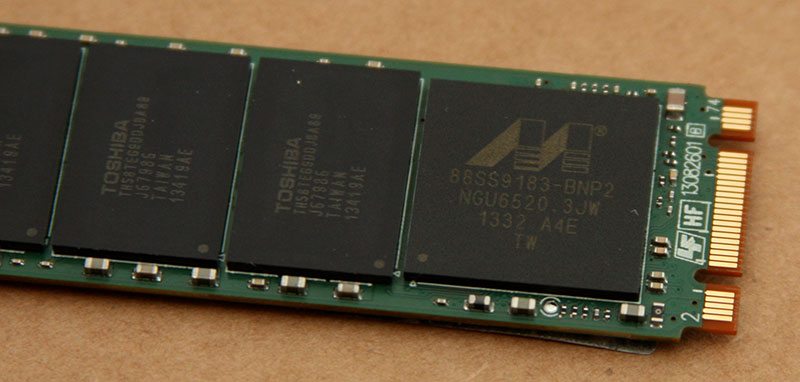Plextor M6e 512GB PCI Express Solid State Drive Review
Chris Hadley / 11 years ago
A Closer Look
When we look at the M6e, the first thing that we obviously note is the build up of the components used. The M6e is in fact on of the latest M.2 NGFF (Next Generation Form Factor) drives to roll off of the Plextor Production lines. The PCIe portion of the drive build is there simply to open the doorway to a greater number of users. The PCIe board is designed for x4 lanes although the M.2 drive is built to only use two lanes. Whilst this means the PCIe board is over specified for this drive, it does mean there is the potential for faster drives in the future – I’ll certainly be keeping an eye out for this.
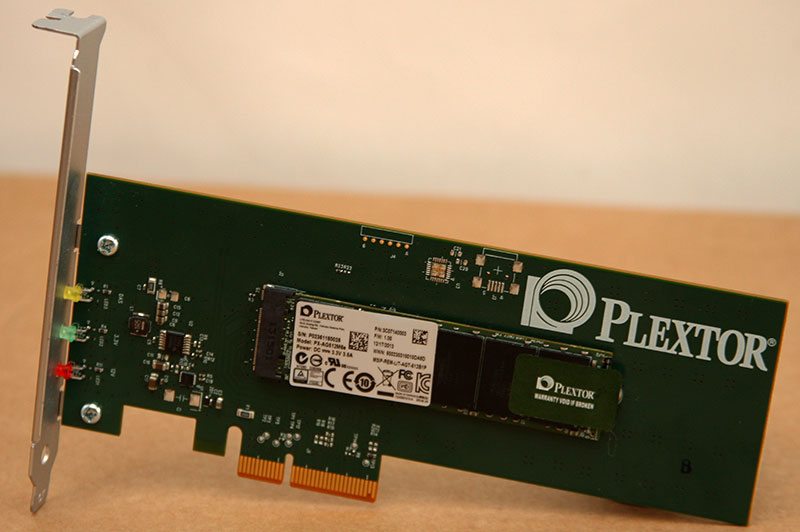
At the heart of the PCIe board is the solid state drive itself. With the limitations of the SATA III interface no longer an issue, we find the new generation of drives hosting controllers with broader performance figures on both the sequential front and also the IOPs performance.
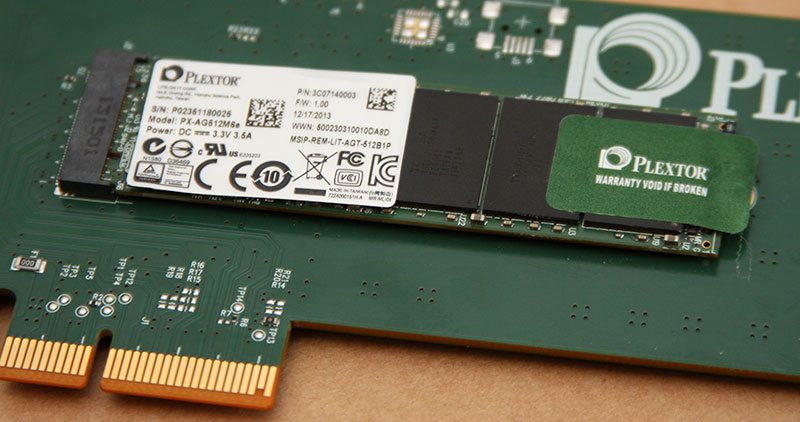
On the rear of the drive, there is a solid blanking plate with the Plextor logo on it. To the left of this are three LEDs to indicate the drive status and activity. Although these lights are for the most part out of view behind your chassis, the drive activity LED does work in correspondence with the drive activity LED that is typically found on the front of a chassis or motherboard as one would normally expect.
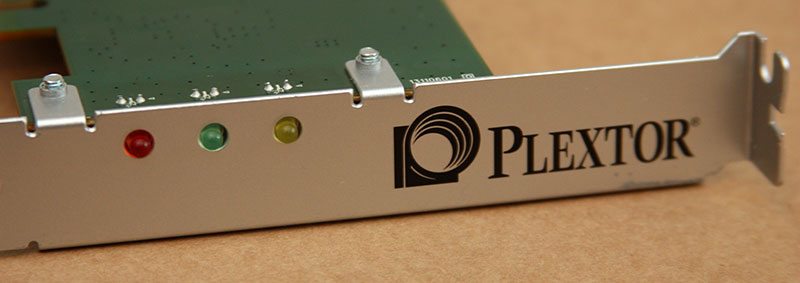
Securing the M.2 drive on to the backplane is a simple screw and bolt combination. A space sits between the drive and the PCB to prevent any damage occurring to the M.2 connector whilst leaving a small amount of space around the NAND for airflow, keeping the drive cool.
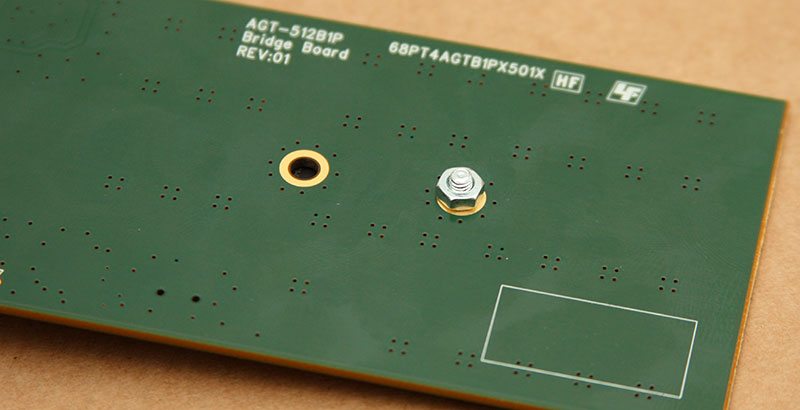
The M.2 NGFF standard has a number of key types, with the M.2 connector on the board below supporting ‘M’ keyed drives. The drive itself supports both B and M keyed lanes allowing for compatibility with a number of Ultrabooks and notebook systems.
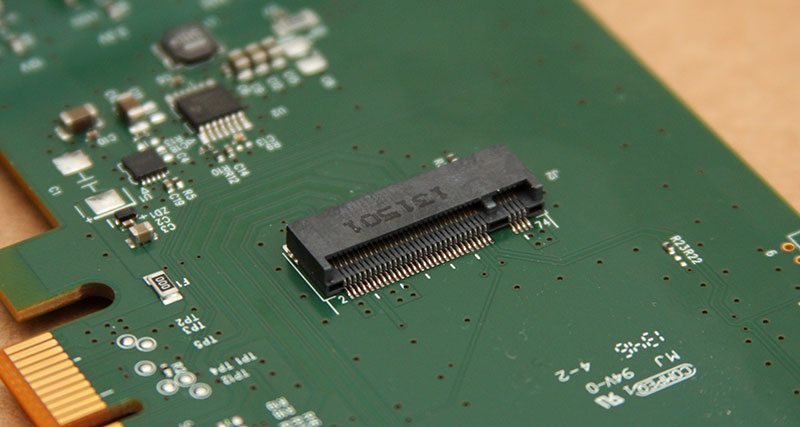
Looking closer into the components on the drive, below the product label we find a Micron branded D9QNS DDR3 1600MHz chip, providing 512MB of buffer between the NAND and the drive controller.
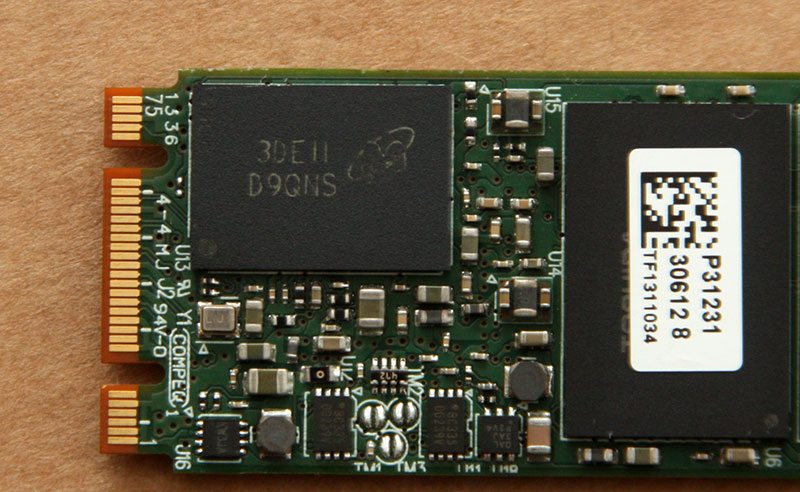
On the underside of the tightly packed PCB we find four Toshiba 19nm NAND packages, each packing 64GB of storage. Paired with another four packages on the opposite side of the board we get a total of 512GB of RAW storage. Over mSATA, the M.2 platform is able to pack twice the storage density allowing for drives of far greater capacity within the same footprint.
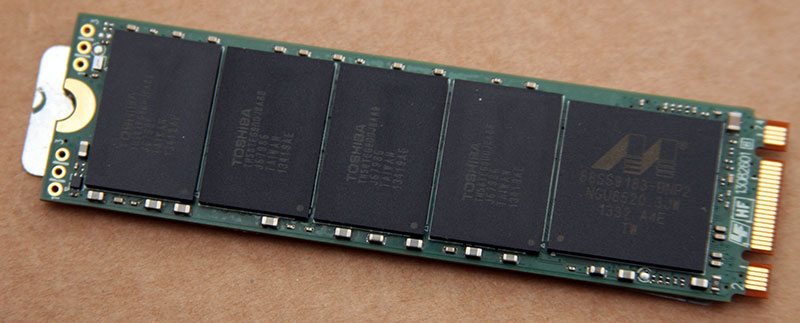
The new M6 line of drives are all built around Marvell’s 88SS9182-BNP2 controller which is capable of delivering up to 1200MB/s of sequential performance – more than enough needed to let this drive stretch its legs out and push past the limitations of SATA III.
